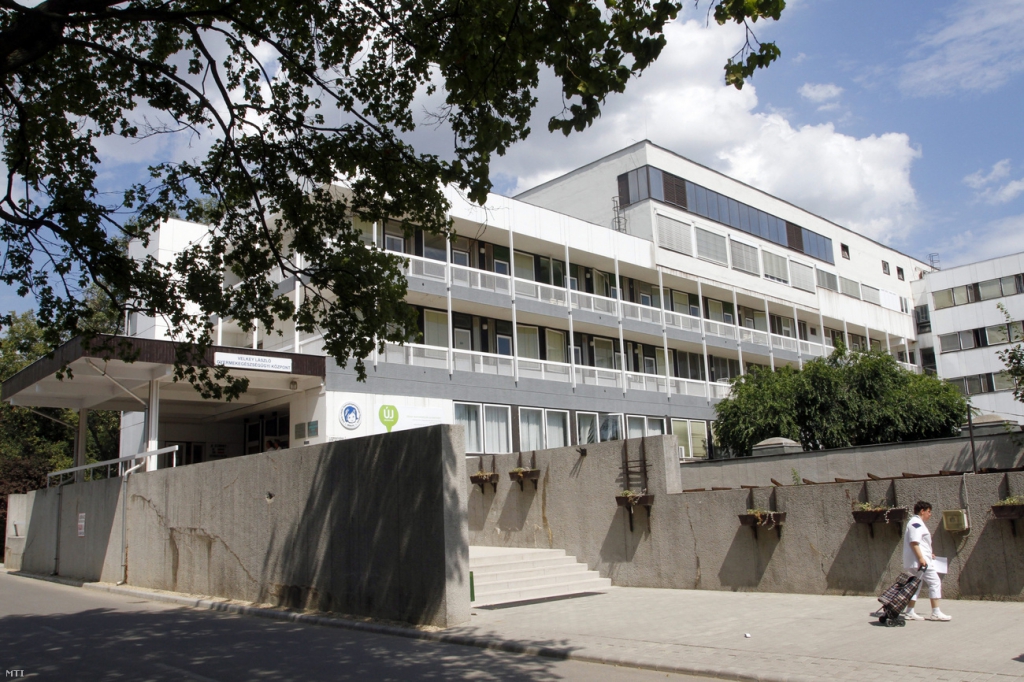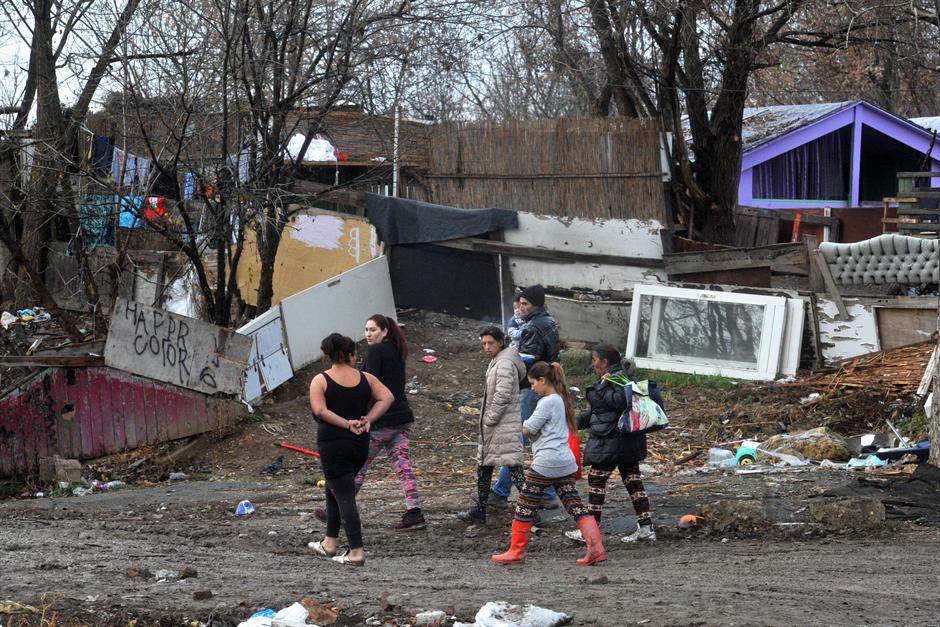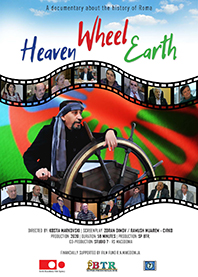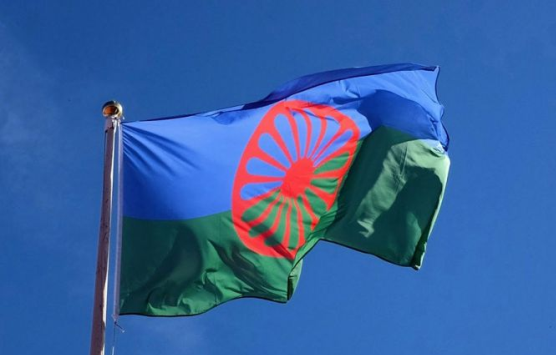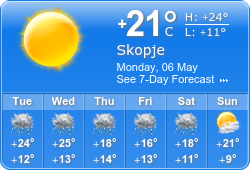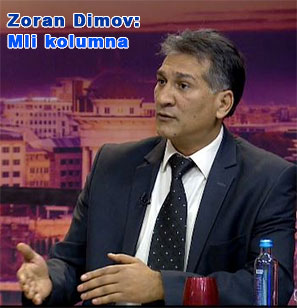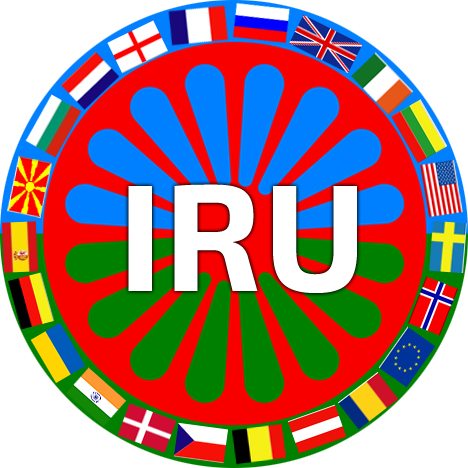
Serbs and Albanians learn the language of the other community
Serbs and Albanians are learning the language of the other community, in an effort to leave behind hostilities from the past, but also to increase the chances of employment
Kamenica, Mamusha, Dragash, North Mitrovica and South Mitrovica are five Kosovo municipalities that benefited from the project of the International Organization for Migration, supported by the British Embassy in Kosovo, which provides free courses in Albanian and Serbian.
By law, Albanian and Serbian are the official languages of Kosovo. Other languages, such as Turkish and Roma, are in official use in municipalities where at least five percent of citizens speak that language.
In April 2018, Kastrati and Stamenkovic sent a joint letter to foreign embassies and the EU office in Kosovo, seeking funds for building a joint school for Albanian and Serb children.
The education system in Kosovo was split on a national basis about three decades ago, along with rising tensions in the then Yugoslav province. The Kosovo Albanians organized a parallel education system, while Serbian students followed the Serbia program. The two communities removed the language of the other, from their educational programs.

